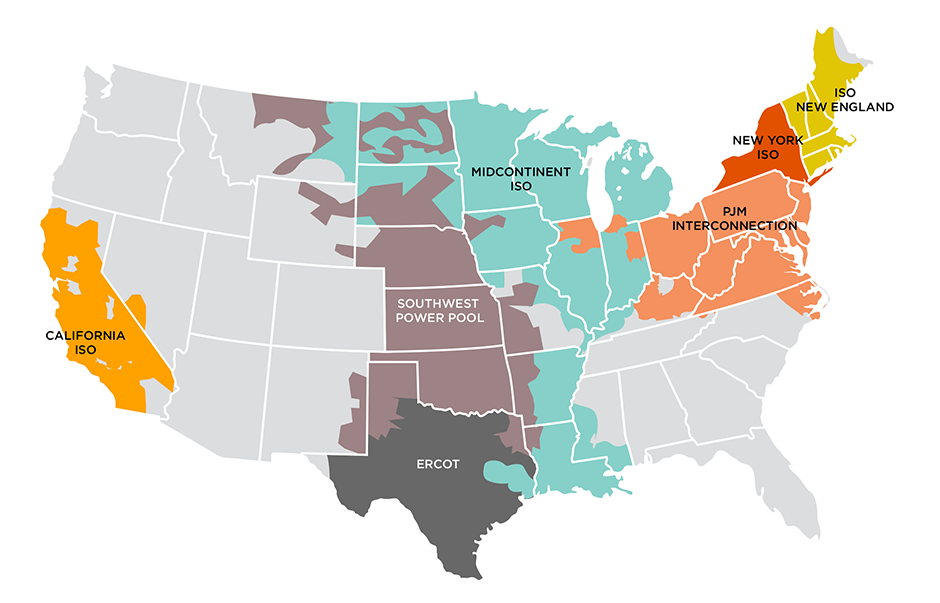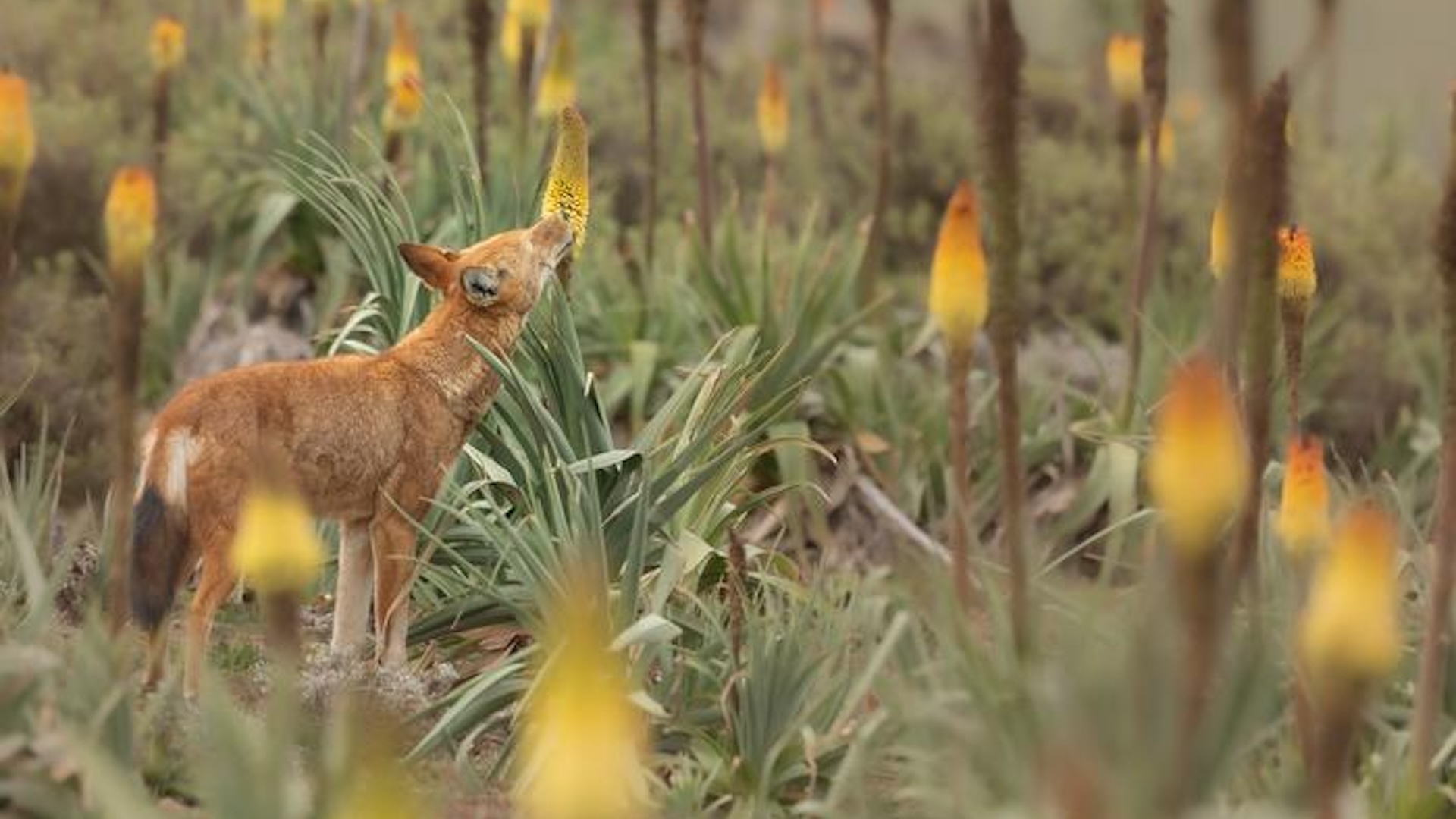Remote Sensing, Vol. 16, Pages 4258: Differentiating Cheatgrass and Medusahead Phenological Characteristics in Western United States Rangelands
Remote Sensing doi: 10.3390/rs16224258
Authors: Trenton D. Benedict Stephen P. Boyte Devendra Dahal
Expansions in the extent and infestation levels of exotic annual grass (EAG) within the rangelands of the western United States are well documented. Land managers are tasked with developing plans to limit EAG spread and prevent irreversible ecosystem deterioration. The most common EAG species and the subject of extensive study is Bromus tectorum (cheatgrass). Cheatgrass has spread rapidly in western rangelands since its initial invasion more than 100 years ago. Another concerning aggressive EAG, Taeniatherum caput-medusae (medusahead), is also commonly found in some of these areas. To control the spread of EAGs, researchers have investigated applying several control methods during different developmental stages of cheatgrass and medusahead. These control strategies require accurate maps of the timing and spatial patterns of the developmental stages to apply mitigation strategies in the correct areas at the right time. In this study, we developed annual phenological datasets for cheatgrass and medusahead with two objectives. The first objective was to determine if cheatgrass and medusahead can be differentiated at 30 m resolution using their phenological differences. The second objective was to establish an annual phenology metric regression tree model used to map the growing seasons of cheatgrass and medusahead. Harmonized Landsat and Sentinel-2 (HLS)-derived predicted weekly cloud-free 30 m normalized difference vegetation index (NDVI) images were used to develop these metric maps. The result of this effort was maps that identify the start and end of sustained growing season time for cheatgrass and medusahead at 30 m for the Snake River Plain and Northern Basin and Range ecoregions. These phenological datasets also identify the start and end-of-season NDVI values, along with maximum NDVI throughout the study period. These metrics may be utilized to characterize annual growth patterns for cheatgrass and medusahead. This approach can be utilized to plan time-sensitive control measures such as herbicide applications or cattle grazing.

 1 week ago
19
1 week ago
19


